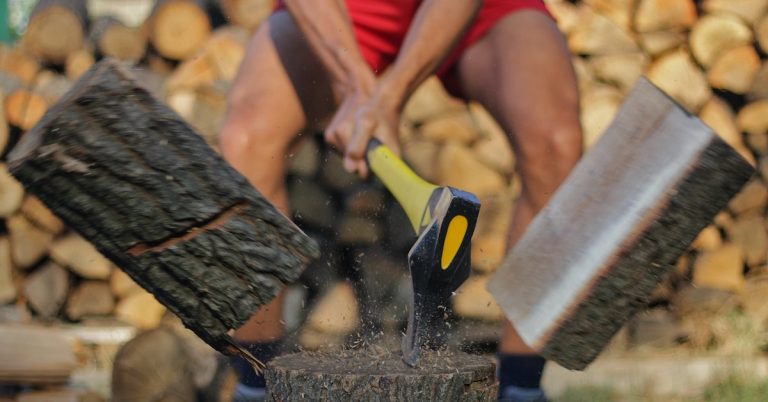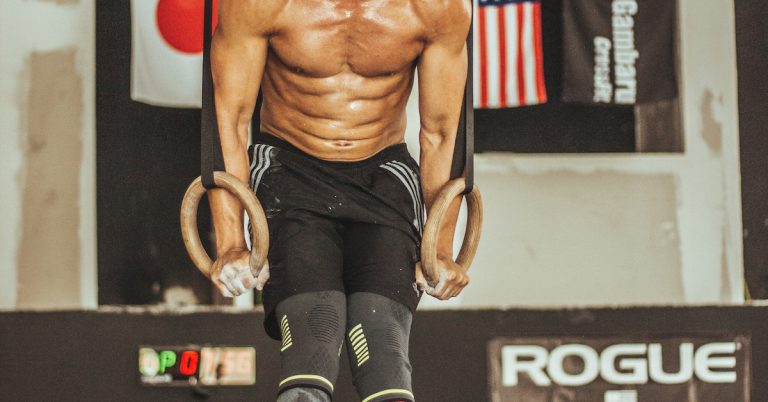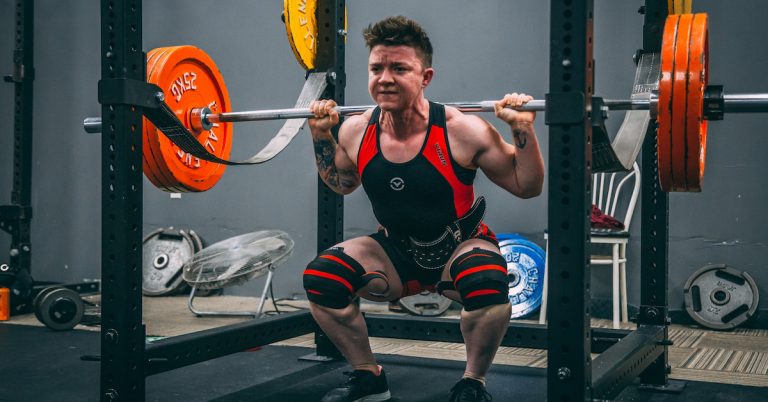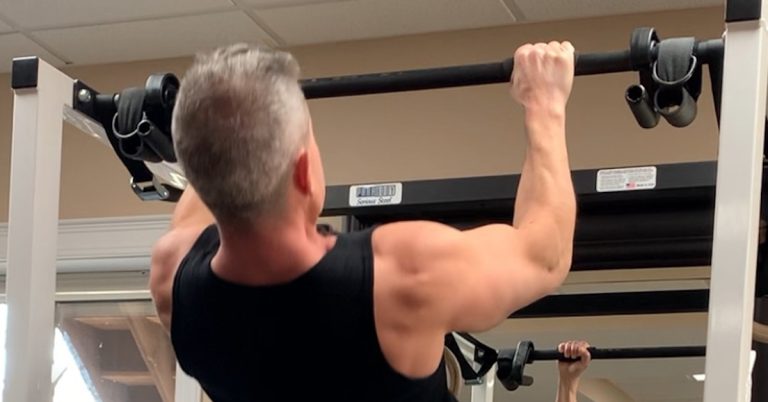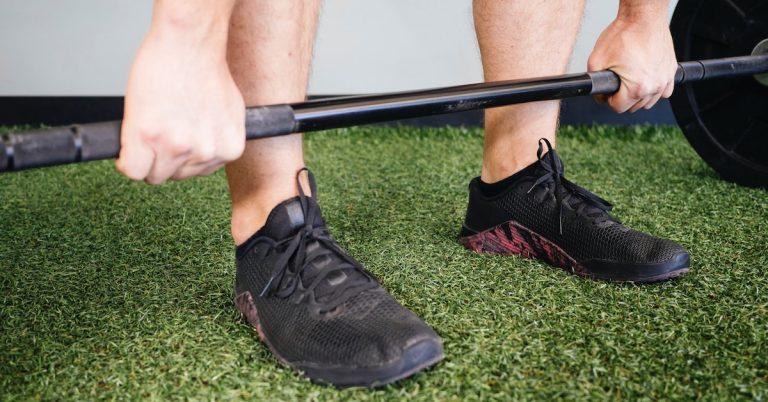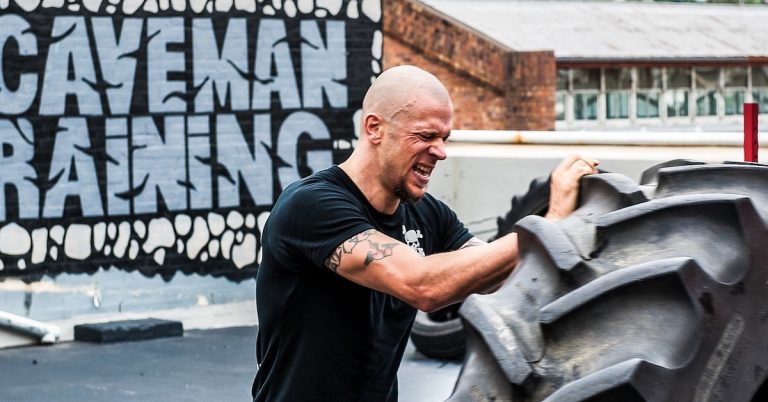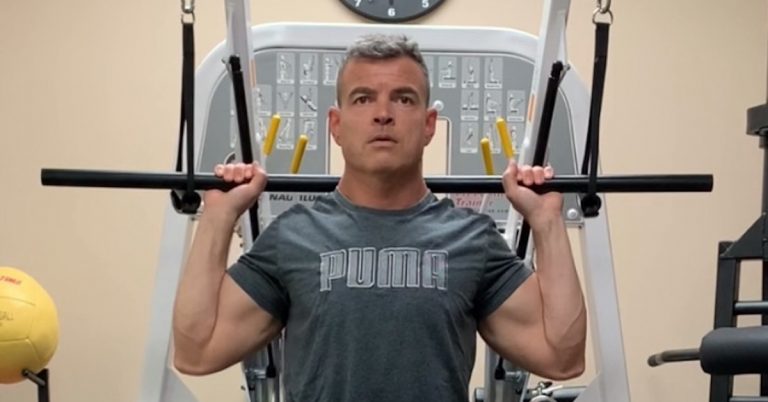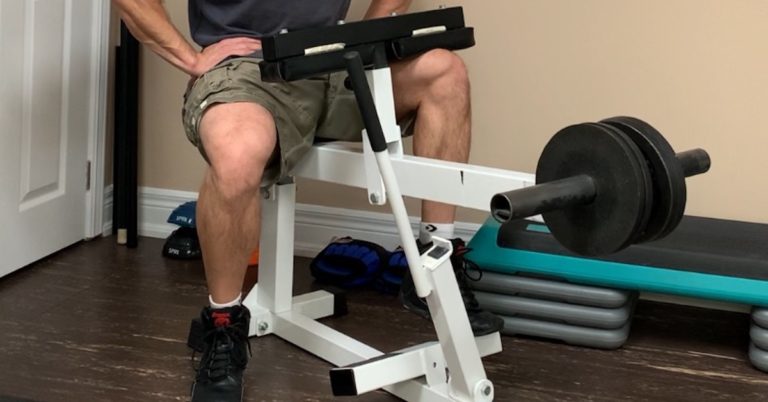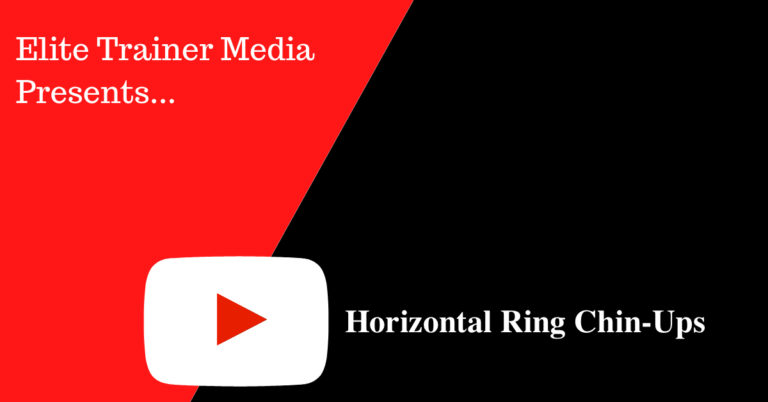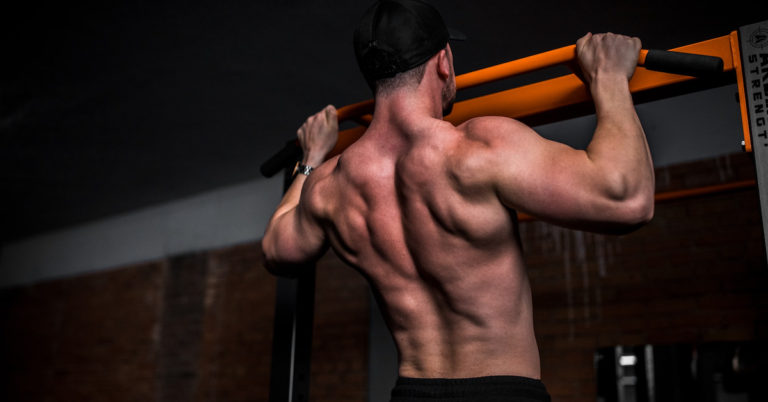The woodchop exercise is a dynamic, functional movement that develops core strength and rotational power. It targets the abdominals, obliques, and lower back while engaging the shoulders, hips, and chest as stabilizers. And don’t worry—you don’t need an axe. In the gym, the safer alternative is a cable machine with an adjustable pulley. Here’s how…
I like to program ring dips after 3–4 rounds of parallel-bar dips. The rings force your stabilizers to work harder, which not only makes the exercise more demanding but also carries over to stronger performance back on the parallel bars. And with more strength, you can build more muscle. That’s the upside. The downside is…
A proper back squat should look like this: sit straight down with maximum knee bend and minimal trunk lean (see video below). Unfortunately, many lifters end up doing more of a “good morning” movement — minimal knee bend and excessive trunk lean — which shifts the focus away from the legs and onto the lower…
This video demonstrates two variations that target the subscapularis — a key shoulder-stabilizing muscle often overlooked in training: If you’re new to these movements, begin with the pulldown variation using a manageable weight to develop proper control. Once you can perform it smoothly and with good form, progress to the pull-up version. Over time, this…
A deadlift is a “dead” lift, not a “bounce” lift. Check out how Chantal performs the exercise. She maintains a flat back with the bar positioned vertically over her mid-foot throughout the movement. The weight is lowered in a controlled fashion and each rep begins from a dead stop. Don’t sacrifice form for weight. Chantal…
Performing a mixed-grip deadlift can make you susceptible to a biceps injury on the supinated side. Trying to deadlift a heavy tire with both arms supinated increases the risk significantly. That’s why tire flips are so dangerous. You have to deadlift the tire first before you can flip it, and if you don’t do it…
What many people consider a reverse squat is more like a reverse leg press, although technically it’s a low-pulley knee-in. This is what a reverse squat actually looks like: You can use cable or elastic resistance to do it. The cable version can be done with a high pulley and a lat pulldown bar (see…
Unilateral (one-side-at-a-time) training helps restore left-right symmetry that may have gone off track with constant bilateral work. When training both sides together, it’s common for the stronger side to take over. That applies to any bilateral movement—including seated calf raises. You’ve likely done seated calf raises before, but how often have you done them one…
First workout of the year and I had the pleasure of doing horizontal ring chin-ups (also known as inverted rows). This is a great exercise—if it’s done right! Three key points: brace the core, set the shoulder blades to start, and pause in the top (contracted) position. It’s natural for your range to diminish a…
A great exercise to pair with incline or standing presses is the subscapularis pull-up—also known as a lean-away pull-up. To perform it, pull yourself up to the bar, then push your body away from the bar as you lower down. Keep your core braced and control the descent all the way to the bottom. Give…

